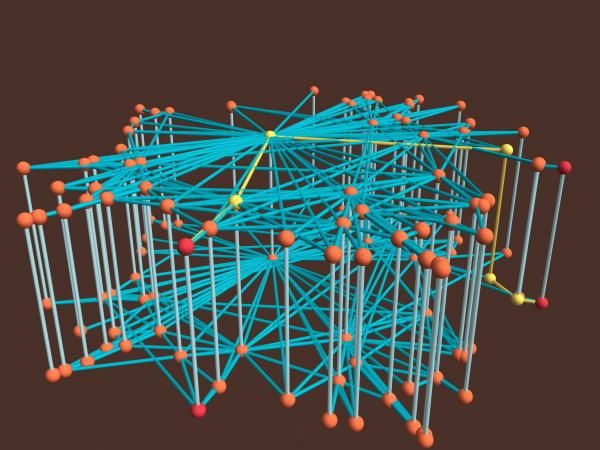Prof. Serrano elected Fellow of the American Physical Society
2024-10-09 | academic

Read the UB announcement here:
https://web.ub.edu/en/web/actualitat/w/distincio-societat-americana-fisica
2024-10-09 | academic

Read the UB announcement here:
https://web.ub.edu/en/web/actualitat/w/distincio-societat-americana-fisica
2024-06-5 | academic

Read here
2024-06-25 | academic

Read the UB announcement here:
https://web.ub.edu/en/web/actualitat/w/fellows-network-society